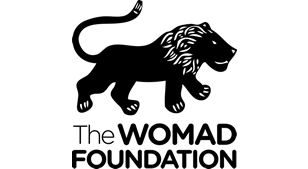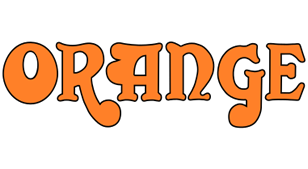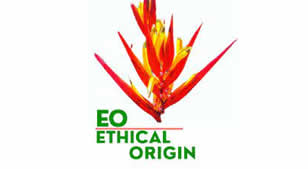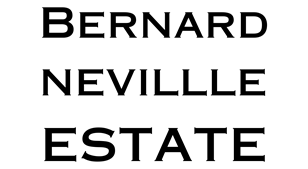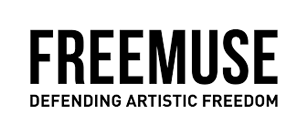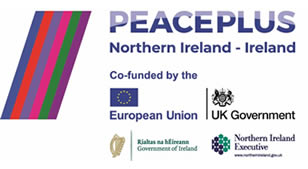International participatory photographer, film maker and peace activist Ingrid Guyon shares her experience visiting Northern Ireland with the #FUTyoURES programme and Imagine Peace exhibition.
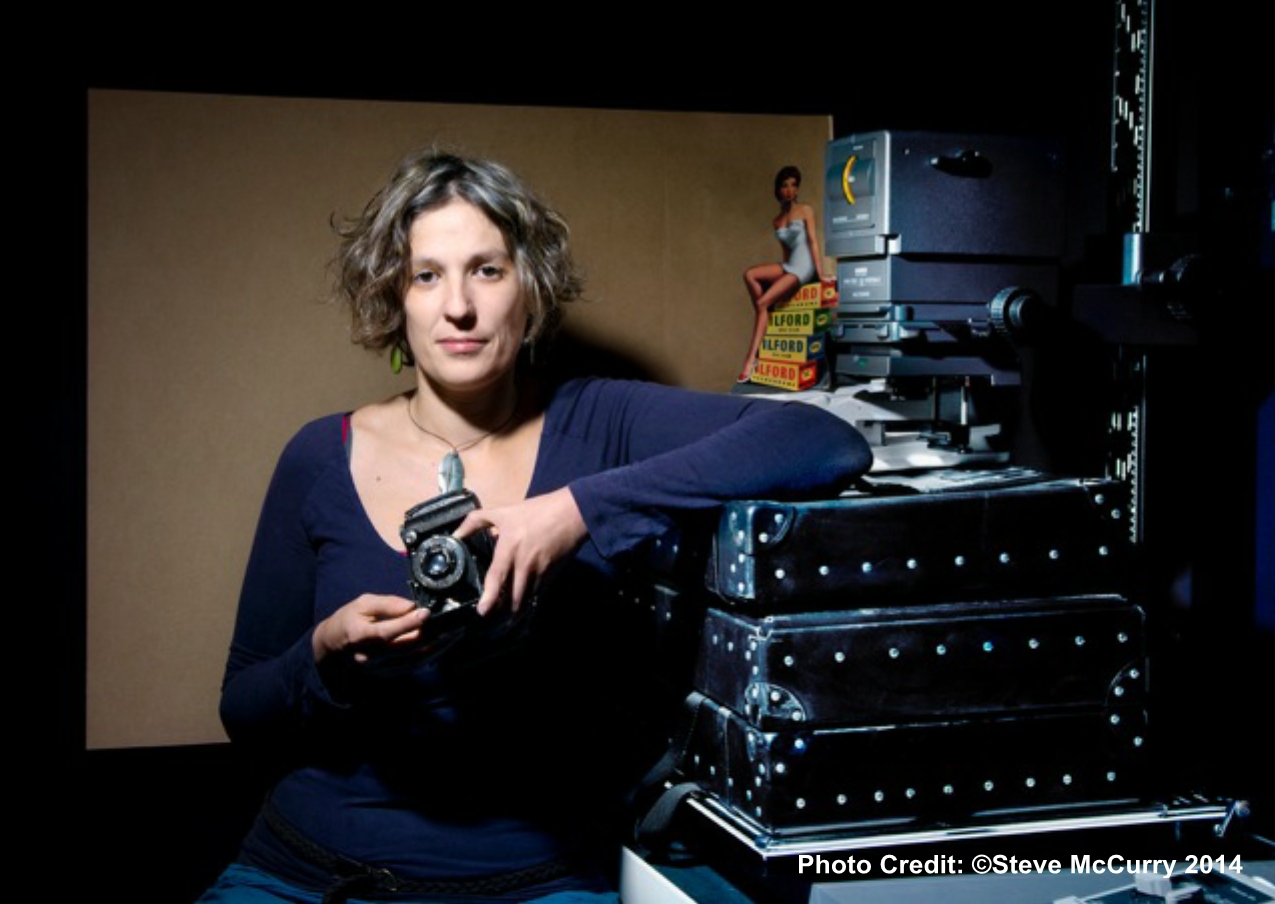
“The black rabbit hole”.... this is how a young talented Northern Irish graffiti artist I met in a local pub on one of those cold wet and foggy evening of Belfast described the city when he asked me what I thought about Belfast and Northern Ireland. “Belfast as black rabbit hole in which you stick your head into to check what’s happening and you keep digging and digging endlessly into a black hole”. I thought it was the perfect metaphor to describe Belfast.
I have always wanted to go to Belfast and Northern Ireland, especially since I had heard that “peace walls’ were dividing the city. I was in shock and had no clue that the conflict was still existing. Some Colombian peace-builders I work with had told me about an integrated school that was built just at the border of a wall that separates the Catholics and Protestants, a school in which they are working on reconciliation. I was not aware of the division between religion and nationalism and it made me realised that I, and probably most of the world, do not know anything about Northern Ireland and the conflict that took place.
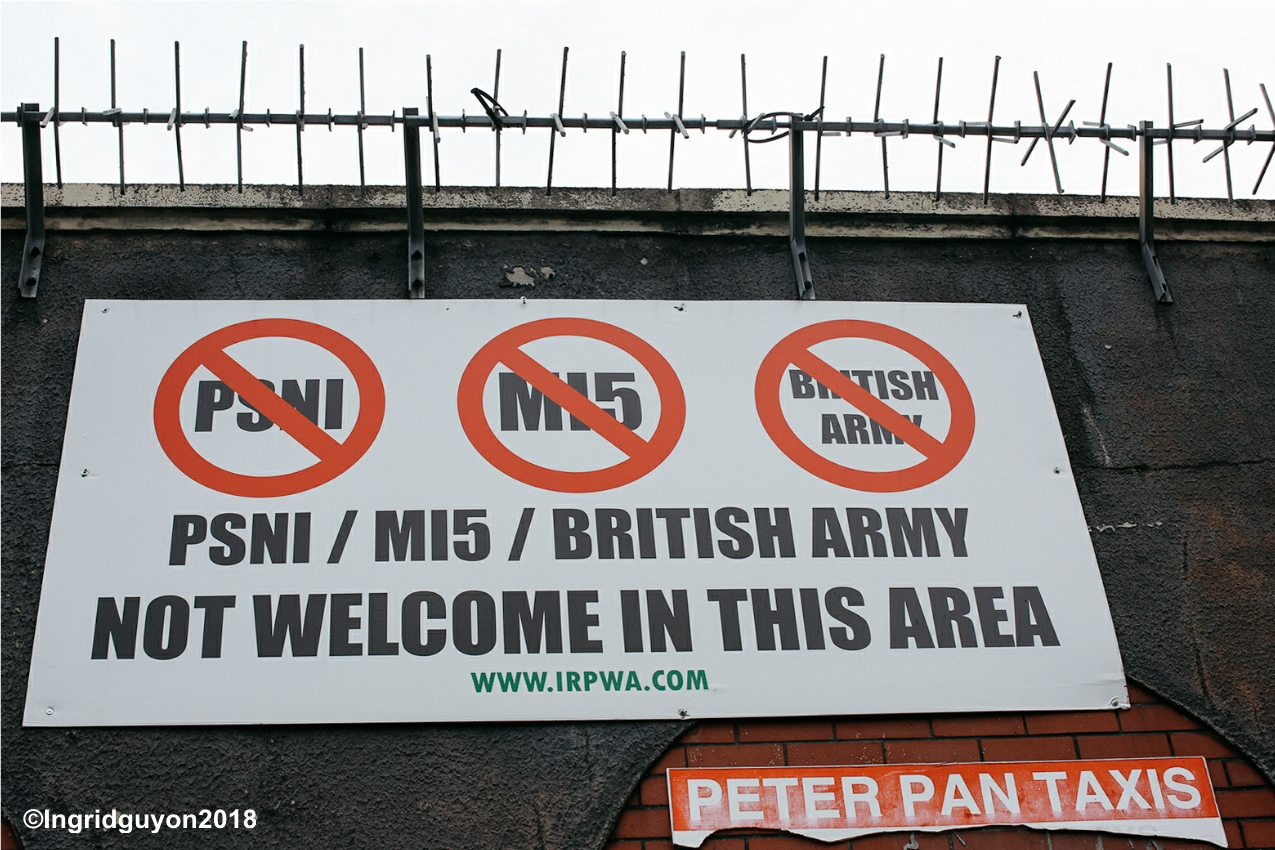
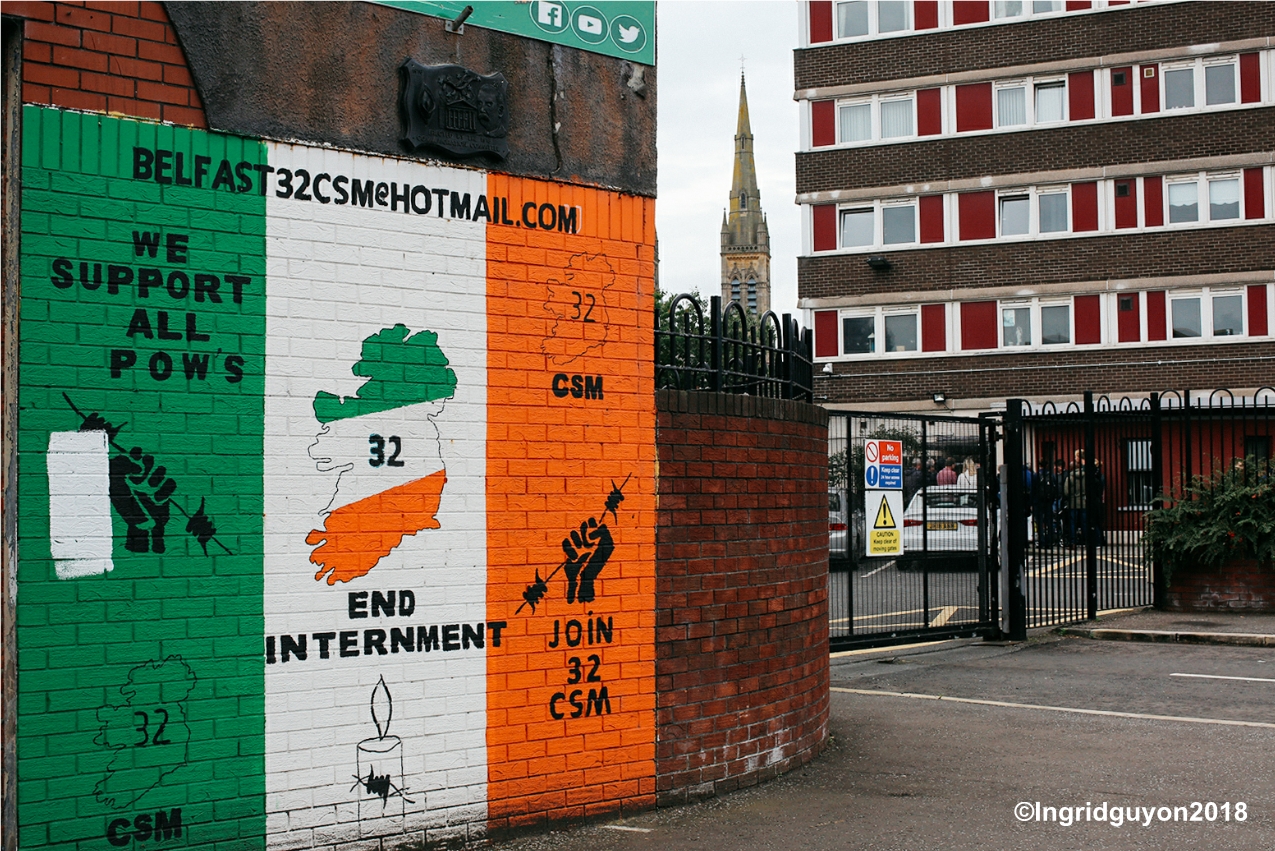
As I had arrived far too early at City airport, I spent 3 hours reading the history of Ireland since 1922 when the Irish Free State was established under the Anglo-Irish Treaty of December 1921. I could not stop reading and reading. It was fascinating and inspiring but also politically shocking. My knowledge about the topic was sadly limited to Bloody Sunday, IRA and Sean Finn.
Landing in Belfast on day in September 2018 was a magical moment. Travelling from London, we flew in a small aircraft at a low altitude. Even though I was exhausted, I could not leave my eyes away from the landscape. I could say that I had a bit of a subliminal experience when arriving above Ireland. I felt enlightened. Flying over the defined island was like seeing the geographical map: the shape of the coast, the endless green hills, the tiny islands surrounding the mainland, the fog. It was like a dream come true. Leaving the airport without having to go through immigration was weird and unusual. I suddenly wondered what will happen after Brexit, if it ever becomes a political reality.
The sun was shining and it was warm and Darren (Beyond Skin) was happy that I had brought the sun over with me! But it did not last. I remember arriving at the hotel and looking through the window and seeing the greyness of the city, how industrial and abandoned it looked. As soon as we arrived, the agenda was already packed! Interviews, meeting at the gallery, finding art shops to finish buying material for the exhibition and so on. Non stop until the last minute!
On the way to the hotel, Darren took us on a quick tour around the peace walls, Shankill road, that was literally covered with Union flags as if we were in England, and he started to explain us the history. I was like a child listening to every word and could not believe what we were listening to. While trying to translate and summarise the shocking statement from Darren to my colleague Antonio, we could see graffiti on the walls and contradictory non-sense everywhere. I started to wonder how can peace can be resolved with walls? It did not make any sense to me, and especially how religion has divided the country and carries on doing it even though no one wants to admit it.

Darren and Deirdre at Belfast Exposed Gallery (hosting the our exhibition) made us feel so important, they kept saying how proud and happy they were to bring over two international artists like Antonio and I and I have to say that I have never felt so important as an artist in my life before. Shared Futures News journalist Allan Leonard put the cherry on the cake even more! He arrived saying “I am so nervous to interview you. I am a keen photographer and admire your work”. The whole interview or conversation I would say was organic, instructive and full of enthusiasm. We discussed about peacebuilding, politics, photography, about our dreams, about what we could achieve, about the importance of us being here to give a voice to Colombians and bring a wind of hope. We left mind-blown and in love with Allan and could not wait to read his article. It felt like being a 1970’s movie in New York.
As we left the gallery, we were eager to get lost in Belfast’s hidden corners and ended up in a local traditional Irish pub. And this is where the whole experience started. People talked to us, even if we could not understand a word of what they were saying! Coming from London, when you speak to someone in the street, they wonder who you are, what you want or if you would mug them. In the pub, I saw some sentences in Gaeilge and asked locals to translate it and to teach us a few words, and this ended in a 3 hr. conversation. Some elders explained us how they regret having signed the peace agreement and felt that the young people should carry on the fight but they don’t. When we mentioned that we were exhibiting at Belfast Exposed a friendly beautiful woman in her sixties but looked in her forties, told us that her brother was one of the founders of the galler. He was a photojournalist at the time of the Troubles and was shot during a demonstration, he was one of the ones who started to create a participatory visual archive of the conflict. She also explained how very few people can speak Gaeilge as it wasn’t taught in vast majority of schools and how people were discriminated and stigmatised for their religion and family names. I learnt that some houses at the border with have their backyard in NI and their front yard in the Republic of Ireland. It was also explained to me that before Brexit, the UK government and politicians had completely forgotten that NI was on the map until the DUP coalition with Conservative Government and the Irish border became the main sticking point in Brexit talks.

The pub was full of Basque and Catalan stickers, or anti-England stickers. I just could not believe how strong the feeling of the division and hate were. When Antonio introduced himself as Colombian it was probably the first time that a person would not define Colombians for Pablo Escobar or narco culture. They were actually pleased to meet a Colombian and to hear his story. When people asked us why we were in Belfast and said that we were here to do a photography exhibition about peace they all kind of laughed and gave a feeling of despair, as if they did not believe that peace in possible.
After our political conversations, we decided to have a Guinness and the bartender laughed at us when we asked for a half pint! “We do not serve half pint in here!” This pub was like being in the heart of Belfast, we could feel the legacy of the conflict, the friendliness of Northern Irish people, the folk music and traditions but also the despair and nostalgia.
After setting up the exhibition “Imagine Peace” about Colombian citizen led peace initiatives and going around Belfast on the second day, we managed to escape for 1h on the Sunday to take some pictures. We started at Divis Tower and some street signs from the period of the Troubles. Lots of tourists groups were around with the black cabs and I was trying to understand how it made me feel: disgusted to see how the conflict is attracting tourism or how tourism was using the conflict. I was wondering what were the guides saying, Where they Catholics? Where they Protestants? Which side of the story were they sharing? I was also wondering: what do tourists come and see in Belfast apart from the Titanic and the peace walls? Are they going to the neighbourhood to speak and meet local people? Are they meeting young people? Do they have the opportunity to hear music traditions, to discover what NI culture is about?

While we were photographing one of an interface gate that caught our attention on our first day, a chap with his 2 dogs arrived and we realised he was the gatekeeper. He suddenly closed the gate and we were nearly locked inside. It was 3pm and we thought they were being locked at 7pm, like a curfew. Out of a sudden, the gatekeeper gave me the key and asked me to lock it. It was the most controversial and awkward situation ever. I told him that I did not want to close it because I did not agree with them and he responded: “I do not want to close them neither but I have to”

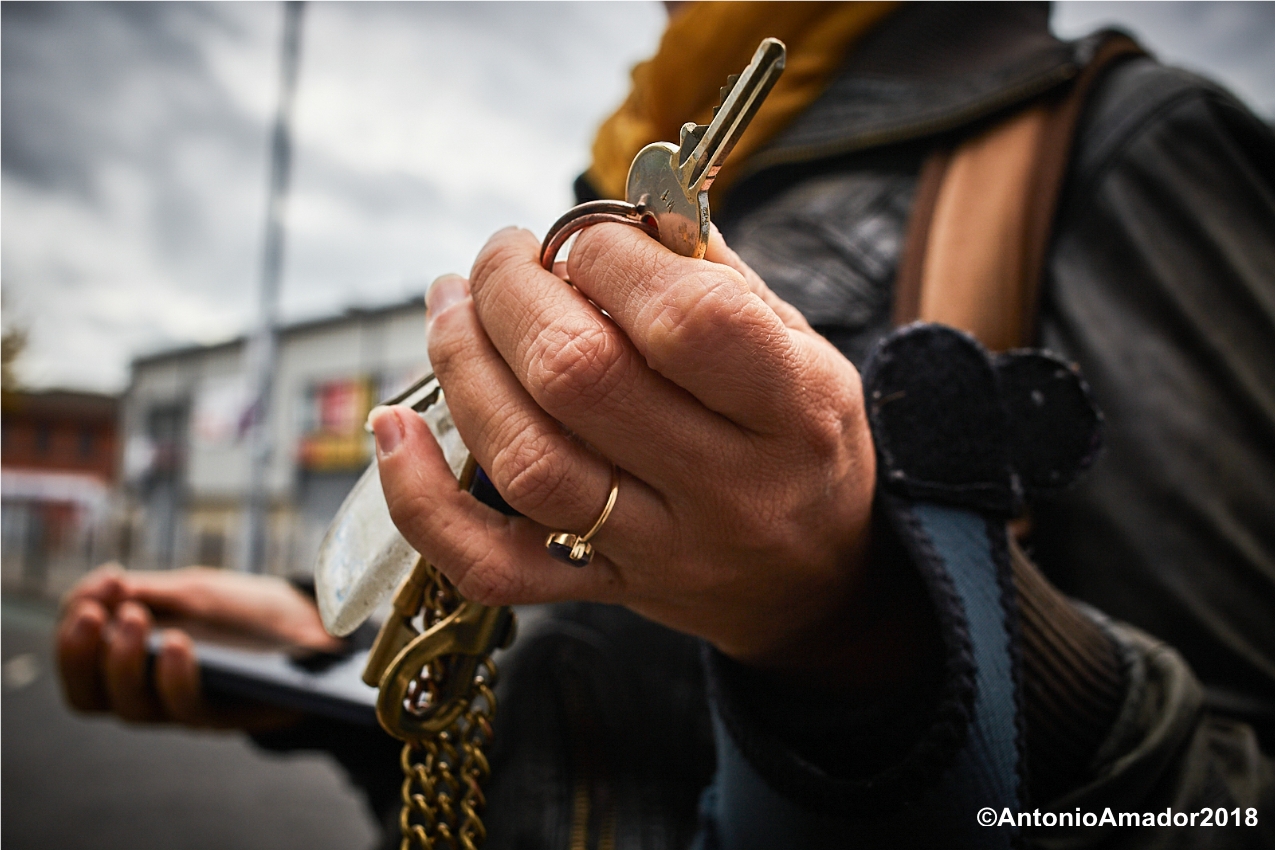
During our visit, Darren took us on a ‘tour’ in the Catholic and Protestants areas. I could not believe what we saw. Aggressive propaganda imagery everywhere, a clear division between both sides. Hatred, anger.
I nearly vomited when we arrived and really wanted to get out of the car to photograph the messages of hatred: a giant black and white graffiti of a gunmen covering the entire side corner wall, a clear call to war, conflict and gunfight in Newtownards Road, East Belfast. The streets were covered with purple flags, the flag of the paramilitary group from that area. Balancing the negatives, uplifting moments included visiting John Paul II Youth Club and Shankill Road Defenders flute band with warm welcomes, both located in two very significant neighbourhoods that experienced violence during the Troubles.
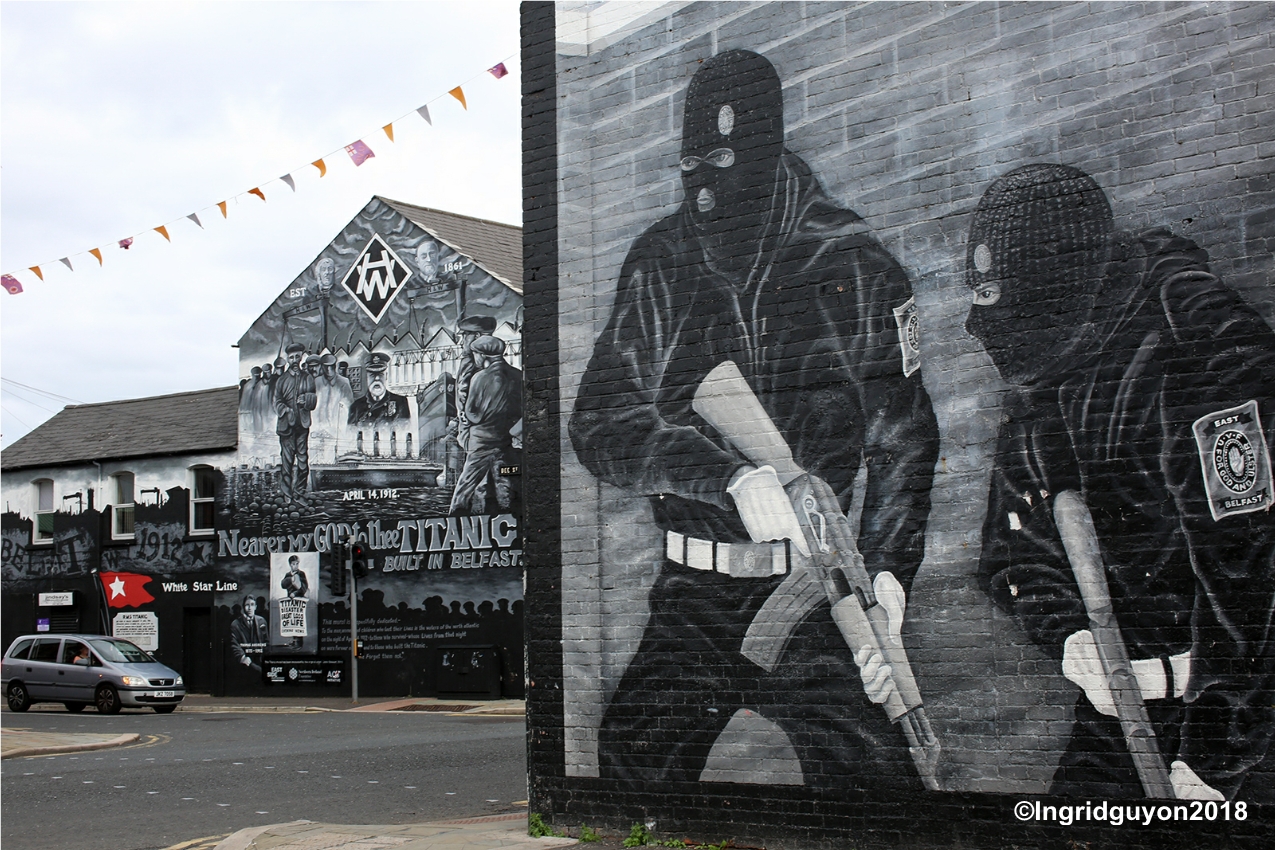
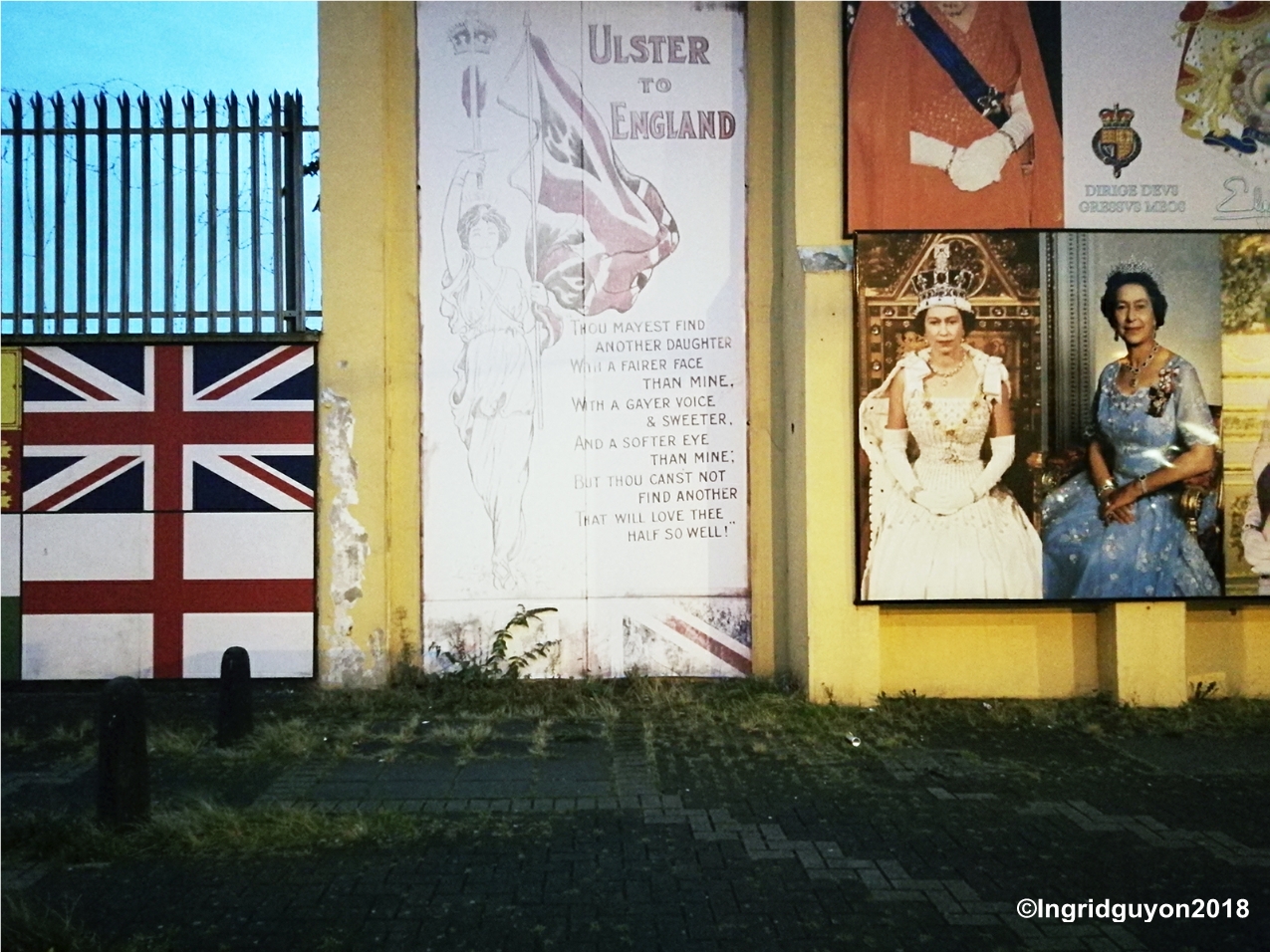
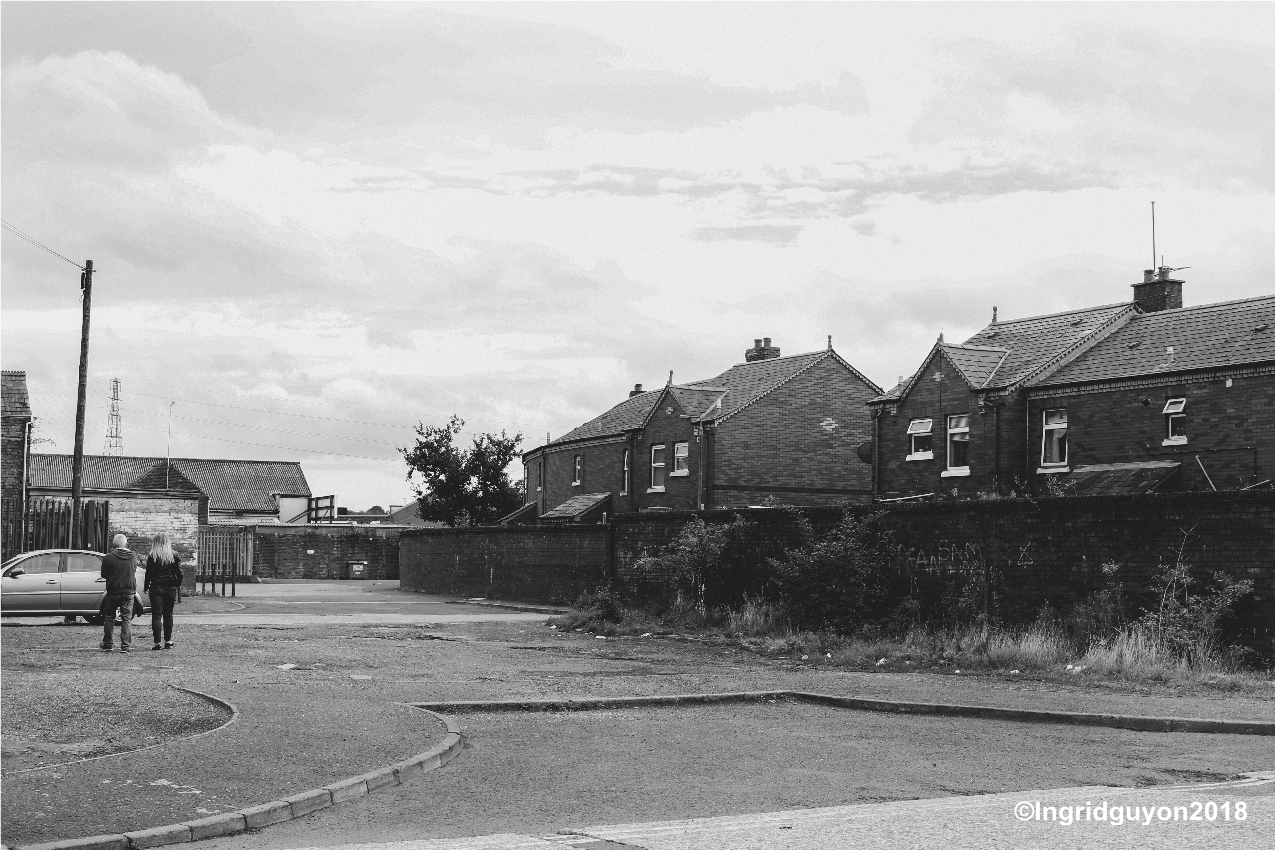
Now my question is: How can a post-conflict society build peace with such violent and warfare visual messages, invisible walls, resentment and silence?
Darren started to explain that paramilitaries groups still exist. We also learnt that parents have to choose to which kind of school they want their children to be educated in: a catholic or a protestant school and there are some integrated schools options too. Each Protestant and Catholic school respectively teaches one side of history and therefore consciously divides young people. On top of that, at 11 years old, children have to pass a test to assess their academic merit, their score define which school they can enrol to. Many children from working class families do not pass the test. To me, this is an intentional social class segregation. No wonder why Northern Ireland society has the highest suicide rates of young people in Europe. They face walls, little employment prospects and social class division.
Young people are not taught the complete history of the conflict, how can they be objective, how can they analyse the legacy of their past and draw on their own conclusions to take ownership of their futures? How can they grow in a society in which people cannot wear a football team T-shirt nor display any image on their computer desktop at work that would let the others guess which “side” they are from?
“I grew up beside a wall, then we discovered a hole and crossed it every Sunday to play football on the other side with the other children. There was no problem between us until the adults came in.”, explained the taxi driver.
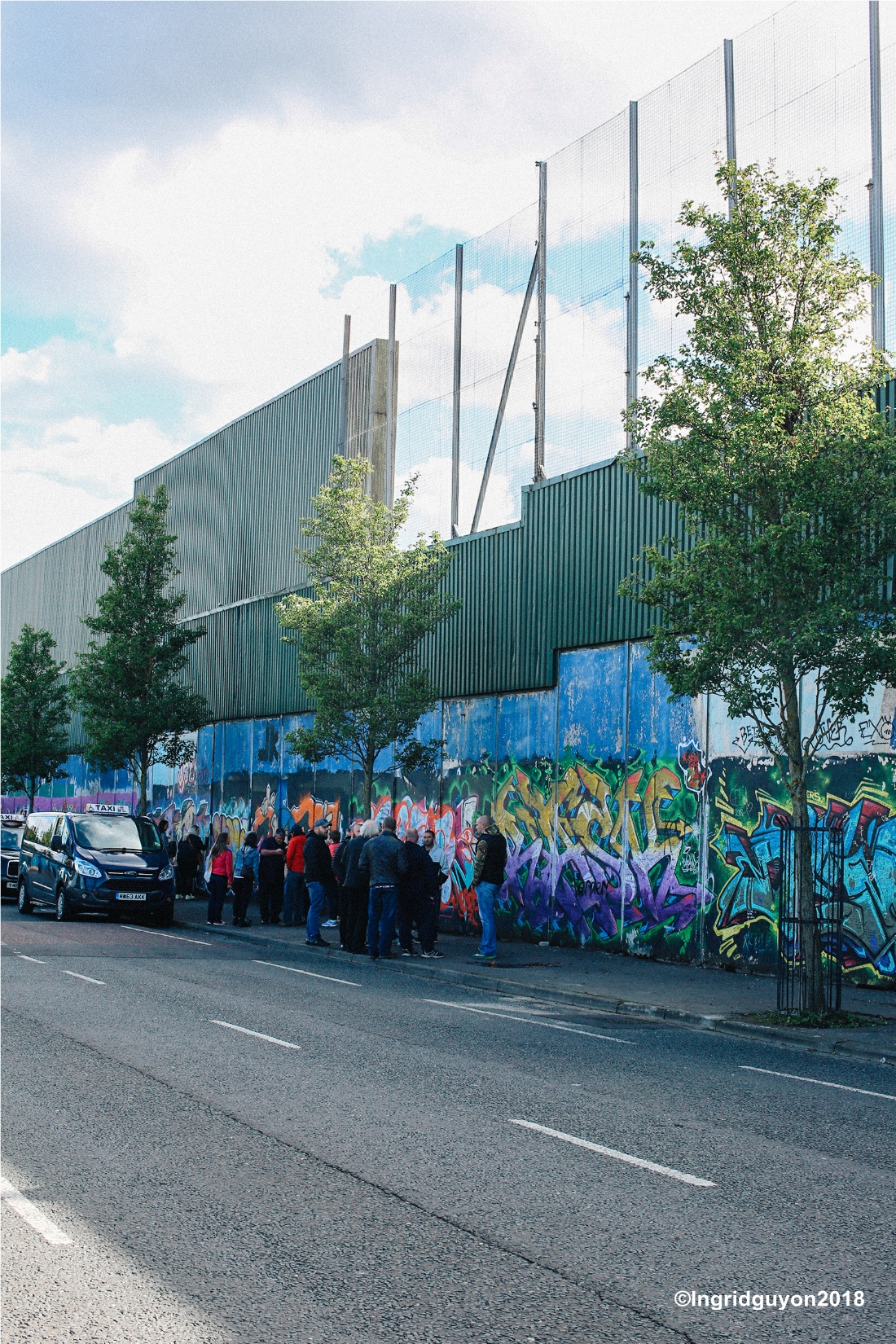
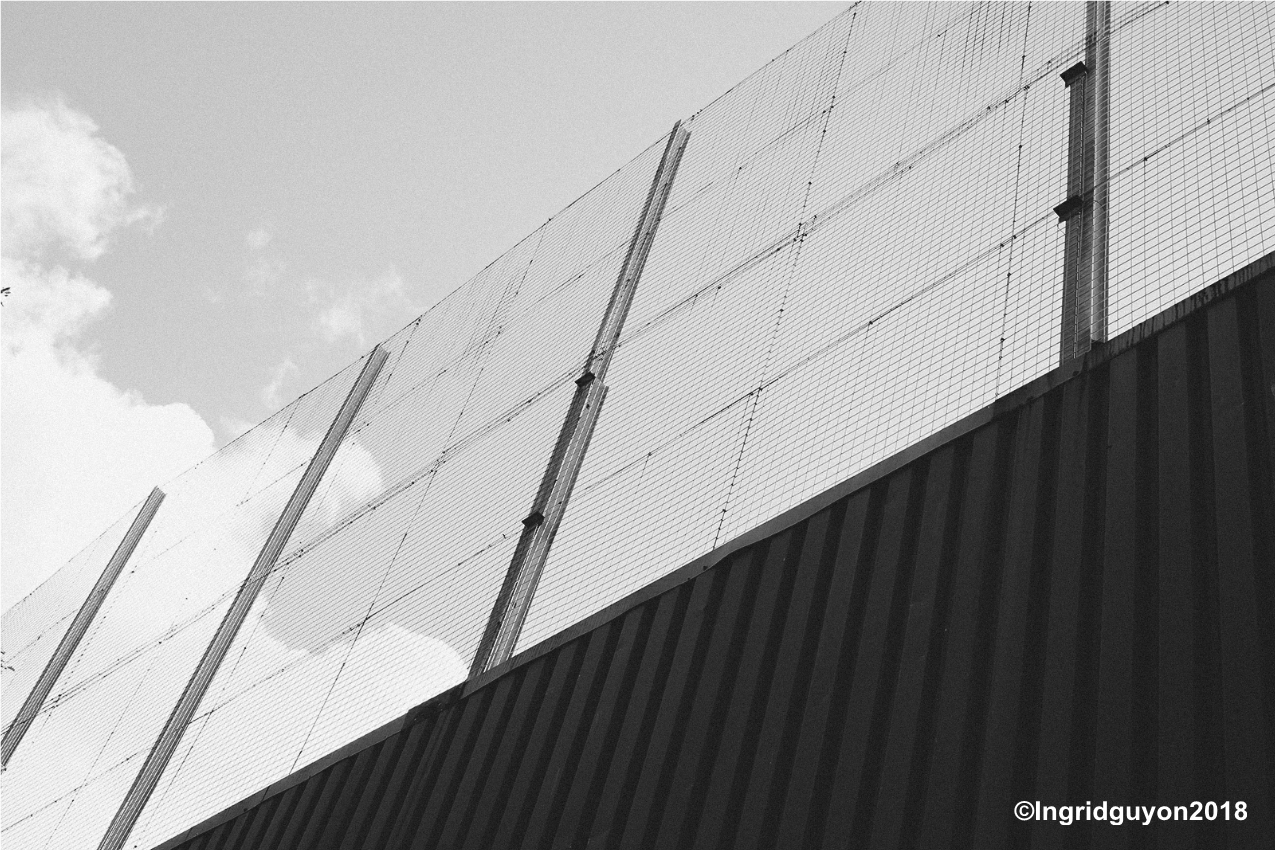
I would like to finish with a reconciliation story I was told which I hope will bring hope and peace.
A hotel house was bombarded several times by a rocket as this cornered building had a 2nd floor that was on the way to targeted the police station. And each time, the owner would build the second floor again. One day an IRA member knocked at a door and advised the hotel owner not to build the 2nd floor anymore so that they would not be in the target anymore. Another day, a neighbour received a bomb in her living room and knew who did it. She made a cake and gave it as a gift instead of seeking violent revenge.
For the first time in history, Belfast is now welcoming a new bus that connects the East to the West of the capital city. I see this as a big step and symbol for a reconciliation that is still growing. Building peace is process that takes decades and generations to heal fully.
From my experience working with the Colombian peace process using individual and collective memory, testimonies and images to heal, share and create the historical memory of the conflict, I feel that Northern Ireland is like a timed bomb ready to explode again if there is no dialogue.
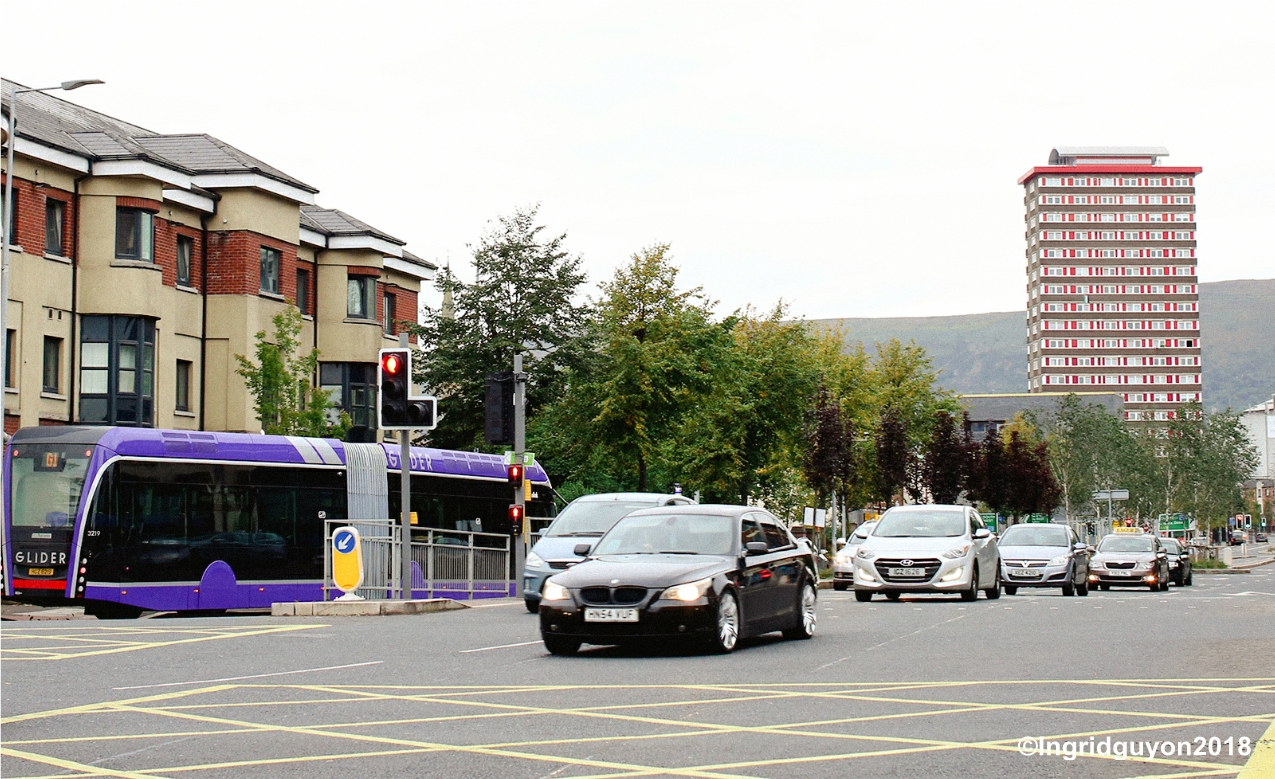
Apparently, the peace walls will be taken down in 2023……Some say that the peace walls are still existing and supported by each neighbourhood not because of the conflict between Catholic and Protestants but to protect themselves from anti-social behaviour from the other side as the border community would be the to be affected in case of social unrest. Some peace walls have been taken down but each community decides collectively if they want to keep it or not, which will make the democratic process very complex to reach consensus, especially as there has been NO government for more than 600 days because division.
What has this immersive experience in Northern Ireland inspired me?
I might sound naïve to believe that peace, reconciliation and forgiveness are possible especially as I was lucky enough to be born and grown up in a peaceful country and have never experienced direct violent conflict myself. But as a photographer, filmmaker, peace-builder and change maker, my motor is hope and creativity.
So I am now thinking about how we could leave seeds of change behind us, how we could use photography to create dialogue and break down invisible bridges on each side of the walls, to connect people from heart to heart and find their commonalities rather than their differences. Working with together with children, young people, parents, elders, Catholic and protestants to critically reflect and understand why the society is divided and transform it.
Could Northern Irish people collectively explore and discover their local surroundings through a lens to become aware of the changes that have taken place since the end of the conflict to focus on the positive changes rather than on what has not been achieved to create new indicators of peace?
What about showing the hidden gems that Belfast and NI have to offer besides the walls and the Titanic and
changing the narrative of the conflict by making visible untold stories of victims but also of resilience, reconciliation and hope?
Those ideas are all resonating in my head and result in endless conversations with Antonio and we are plotting some projects and workshops with Fotosynthesis, our social enterprise that uses images and participatory methods to heal, create new narratives, to foster dialogue and bring about social change. Ingrid Guyon www.ingridguyon.com
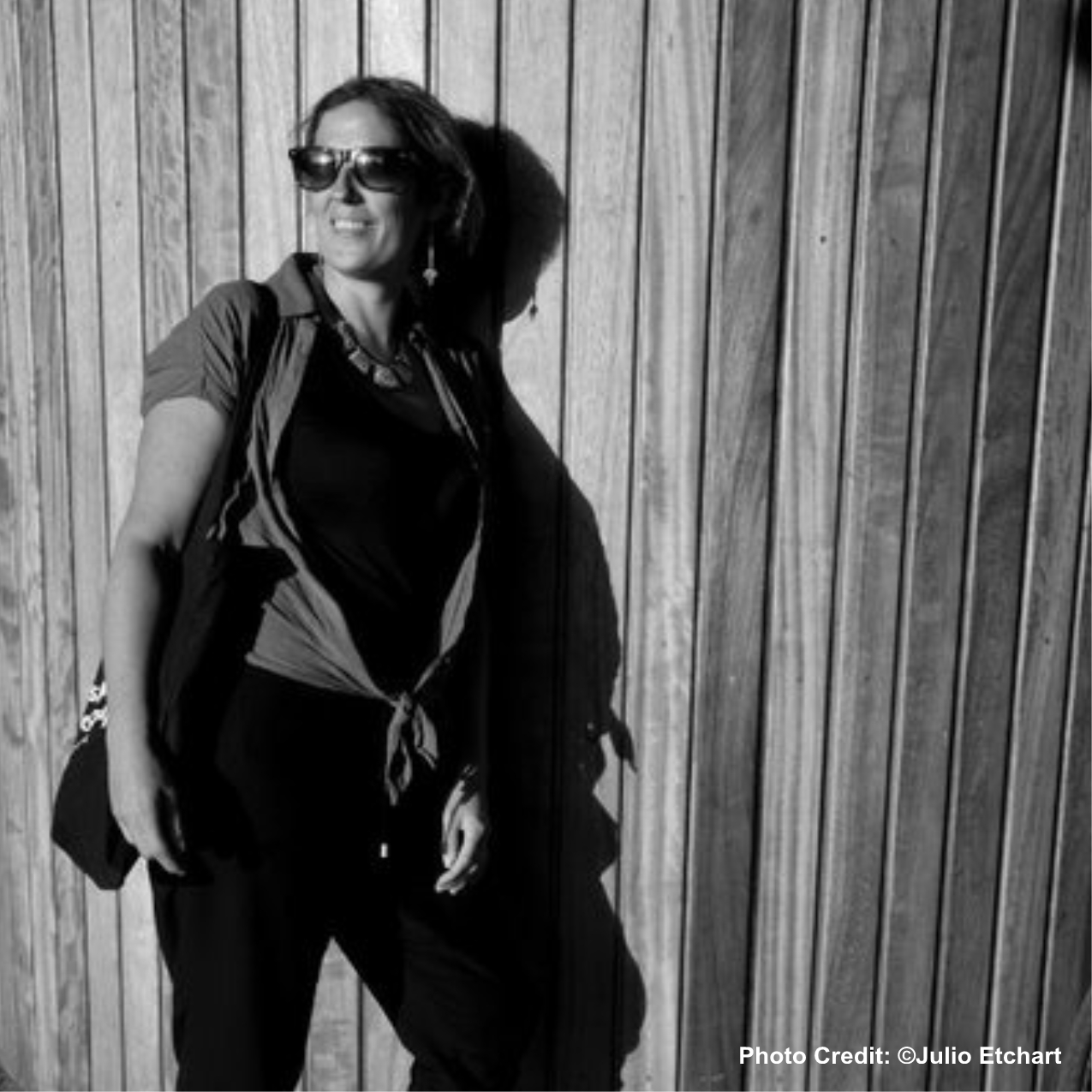
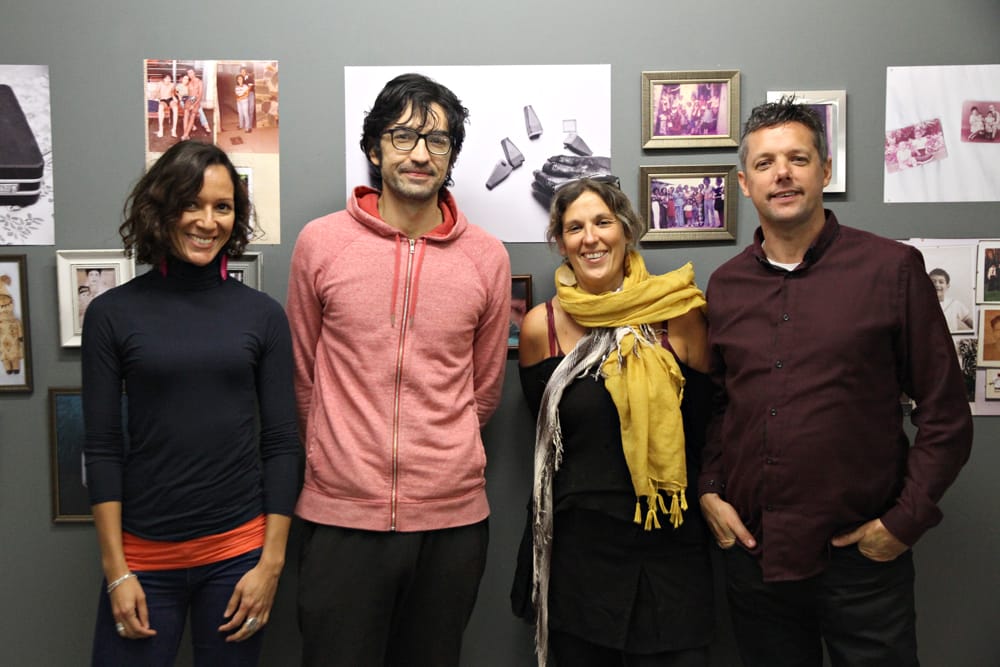
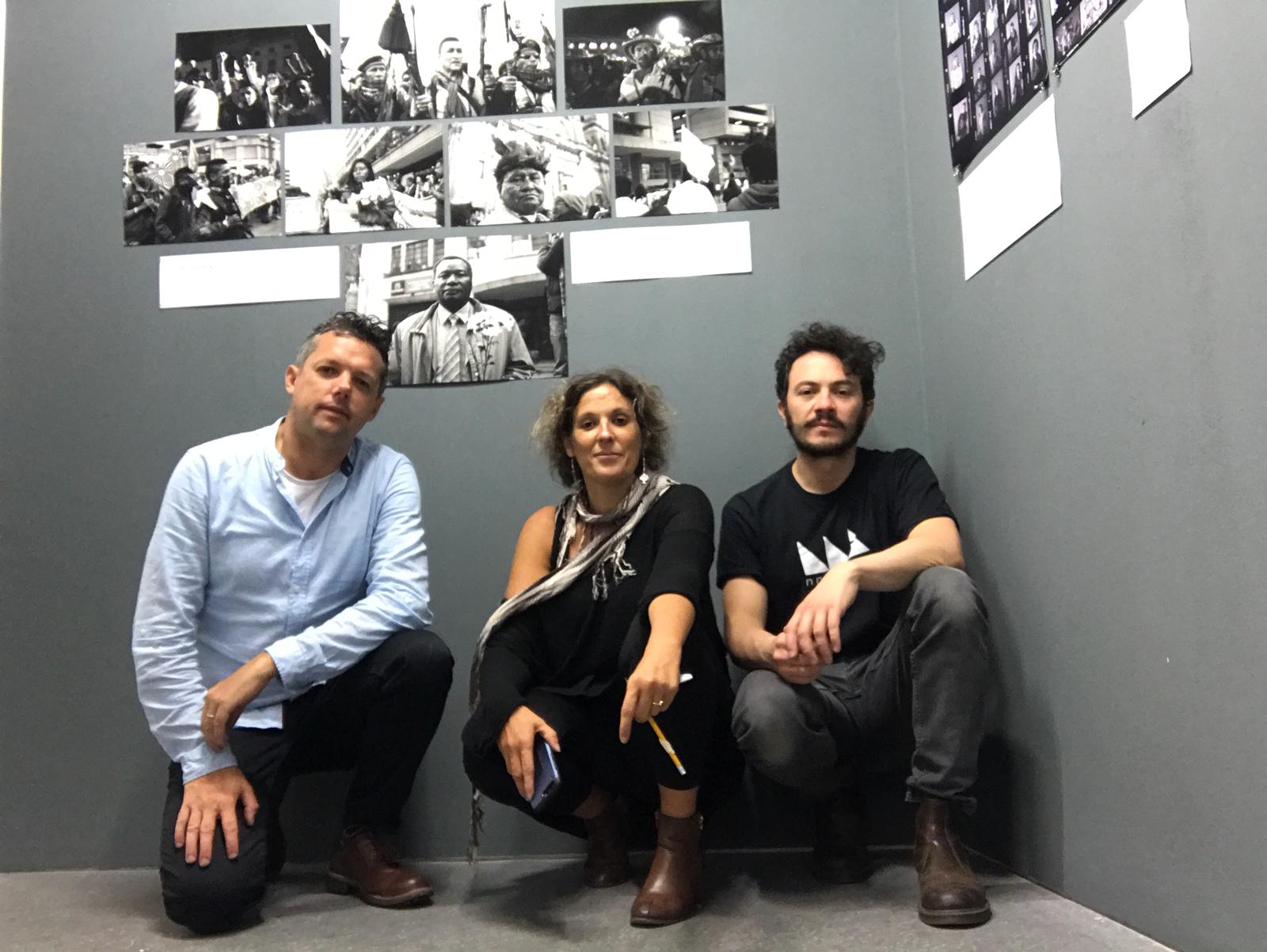
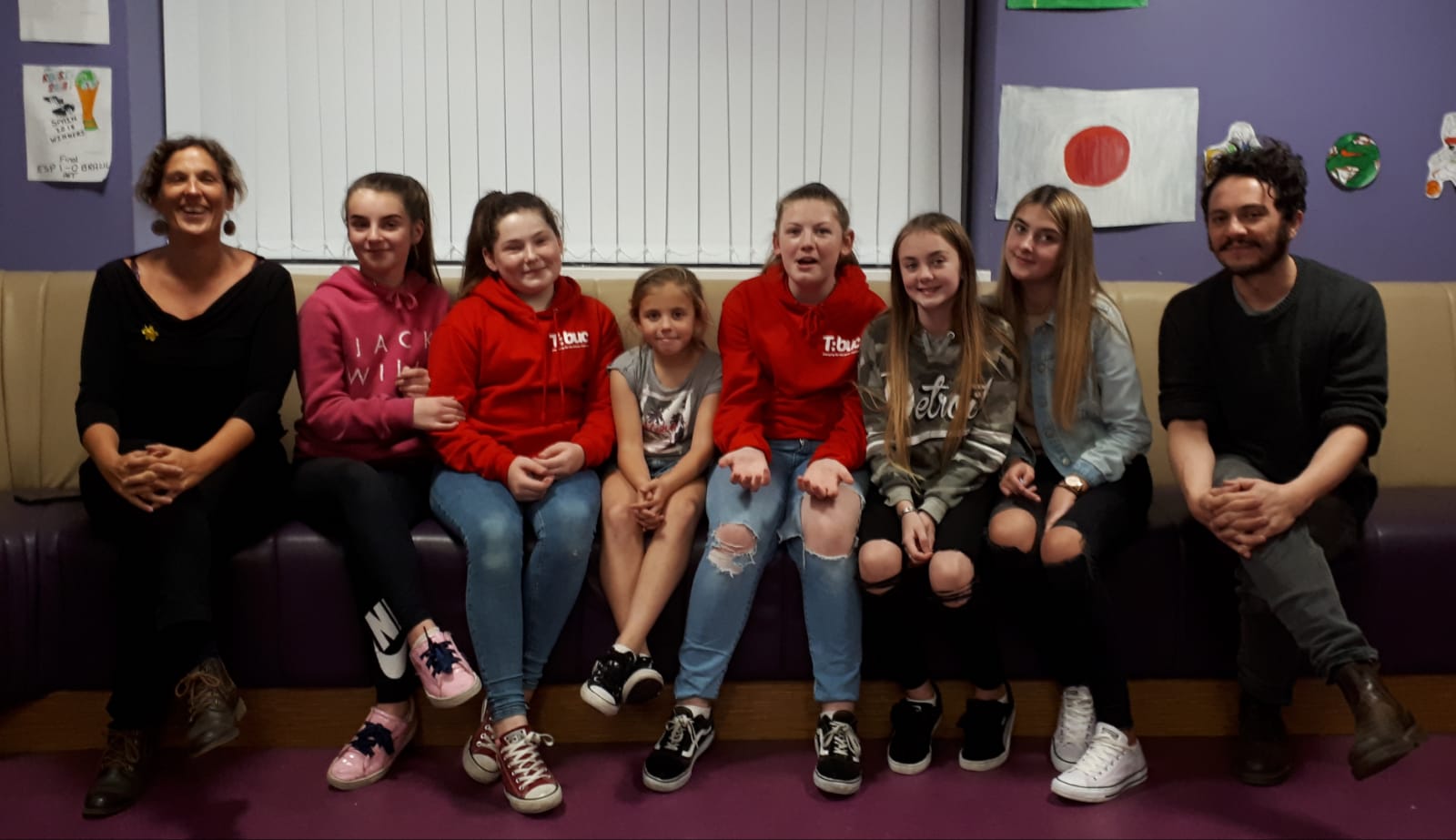
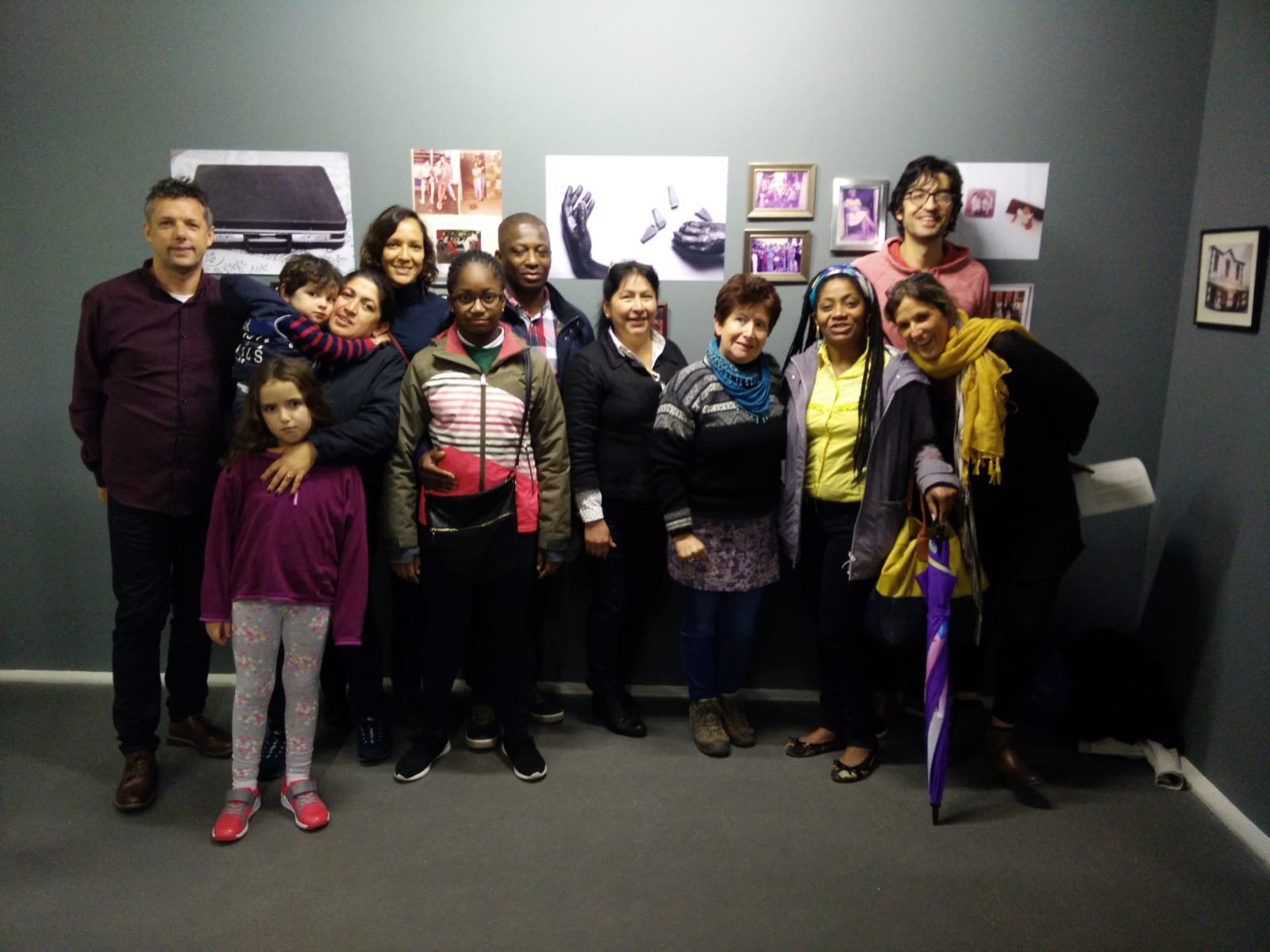
Ingrid's visit and Exhibition was supported by Community Relations Council, Belfast Harbour, IBIS Belfast, Arts Council Northern Ireland. In partnership with Belfast Exposed, Fotosynthesis & Truth, Memory and Reconciliation Commission of Colombian Women in the Diaspora.
#FUTyoURES is a shared programme developed by Escuelas de Paz and Beyond Skin
Ingrid Guyon is a French documentary photographer, filmmaker and participatory visual media practitioner. Based in London she has more than 10 years of experience in implementing participatory media projects within the education, museums and international development sectors. She is the founding director of Fotosynthesis, a social enterprise expert in participatory and ethical photography. Her passion is for community engagement and self-representation led her to get involved in long-term documentary projects on migration and peace-building, and extensively work with the Latin American community in London since 2004.
www.ingridguyon.com

